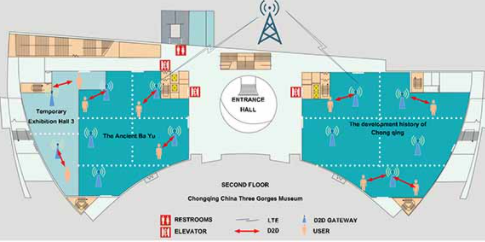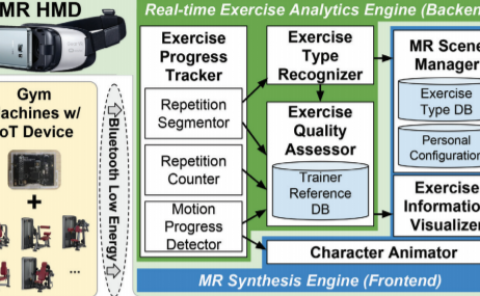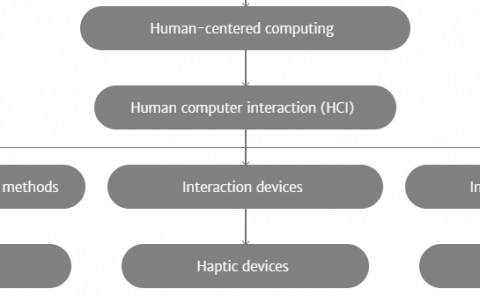D2D-Assisted VR Video Pre-Caching Strategy
PubDate: September 2018
Teams: Chongqing University of Posts and Telecommunications;Georgia Southern University
Writers: Hongcheng Huang; Biao Liu; Lei Chen; Wei Xiang; Min Hu; Yang Tao
PDF: D2D-Assisted VR Video Pre-Caching Strategy

Abstract
Along with the advances of virtual reality (VR) technologies, VR applications are found in various fields. For example, at many major exhibitions, VR is used to mimic the real world through utilizing a number of on-spot sensory equipment to provide immersive user experiences. Despite the advantages that VR brings, the enormous amount of distributed VR videos and the high density of VR users may impose a heavy burden on base stations. On the other hand, the quality of experience (QoE) may seriously suffer from the transmission delay and monetary costs of VR videos. To address the above issues, a D2D-assisted VR video distribution system is designed, and a pre-caching algorithm based on QoE gain is proposed. More specifically, by observing the user residence time at a given node, a user can pre-cache VR videos at the nodes to be visited for improved QoE. To achieve better veracity and efficiency of the pre-caching algorithm, the probability of a user entering each node is calculated based on that user’s interest and nodes’ popularity. Furthermore, the set of candidate schemes can be greatly narrowed down to a range of feasible schemes according to the real-time popularity threshold, the available storage space, and the energy of the user’s equipment. The scheme with maximized user’s QoE can finally be selected from the candidate sets according to user’s QoE gain. Numerical results show that our proposed pre-caching algorithm improves the level of user’s QoE while maintaining superior stability compared with the random-caching and greedy-caching algorithms.


